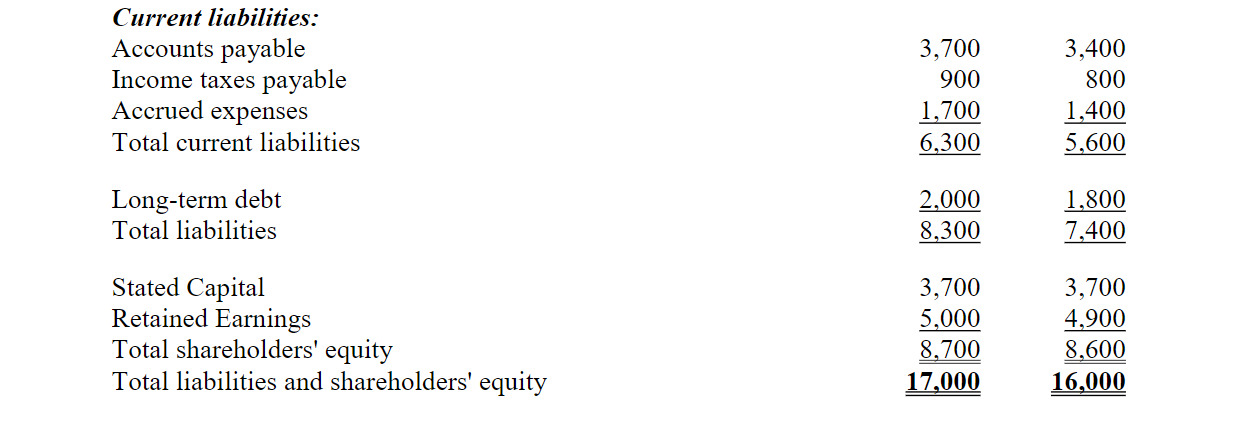- 20 Marks
BMF – Nov 2020 – L1 – SB – Q3 – Management Functions, Organizational Behavior
Explanation of supervision and detailed classification of Mintzberg's managerial roles.
Question
(a) Describe the term “supervision”. (2 Marks)
(b) Henry Mintzberg suggested that managers perform three main roles, which can be further analysed into TEN different roles. Classify and explain these management roles. (18 Marks)
(Total 20 Marks)
Find Related Questions by Tags, levels, etc.
- Tags: Management Roles, Managerial Functions, Mintzberg, Supervision
- Level: Level 1
- Topic: Management, Individual, and Organizational Behavior
- Series: NOV 2020
Report an error




